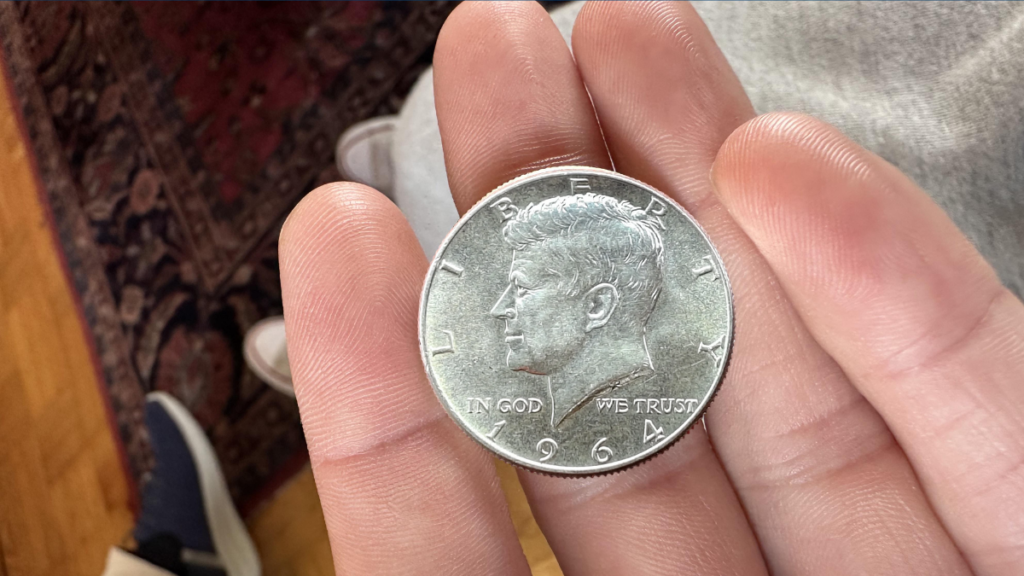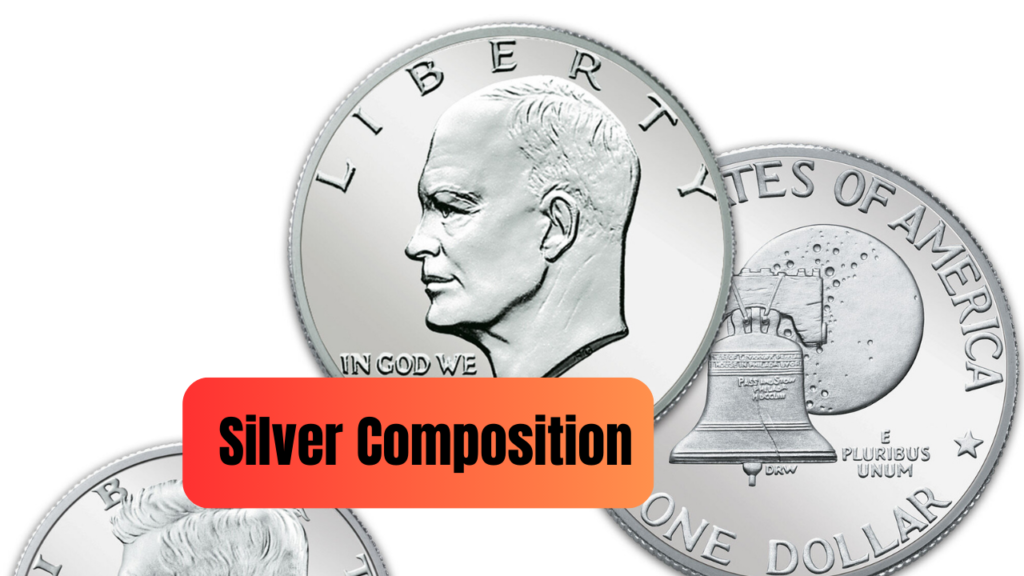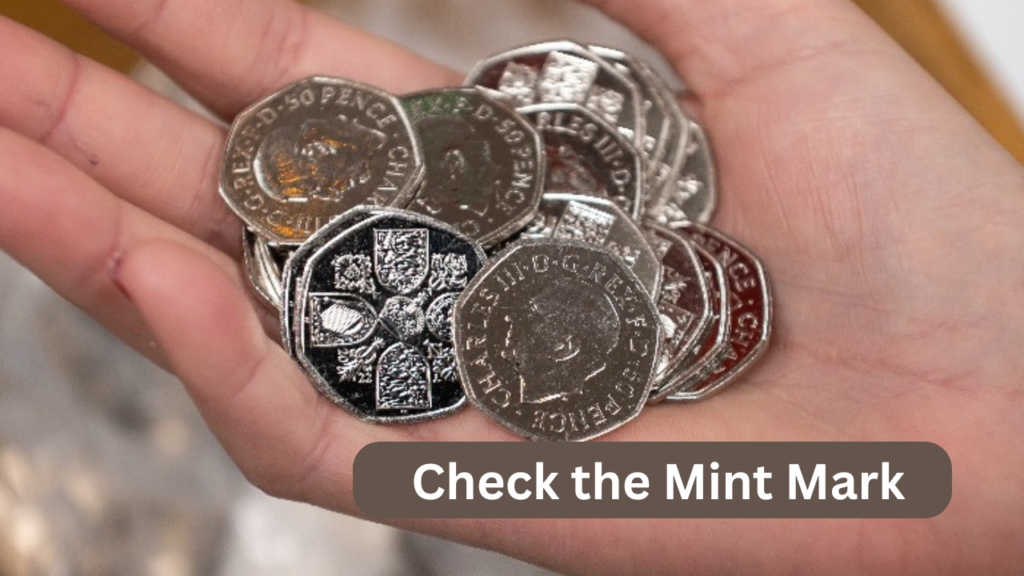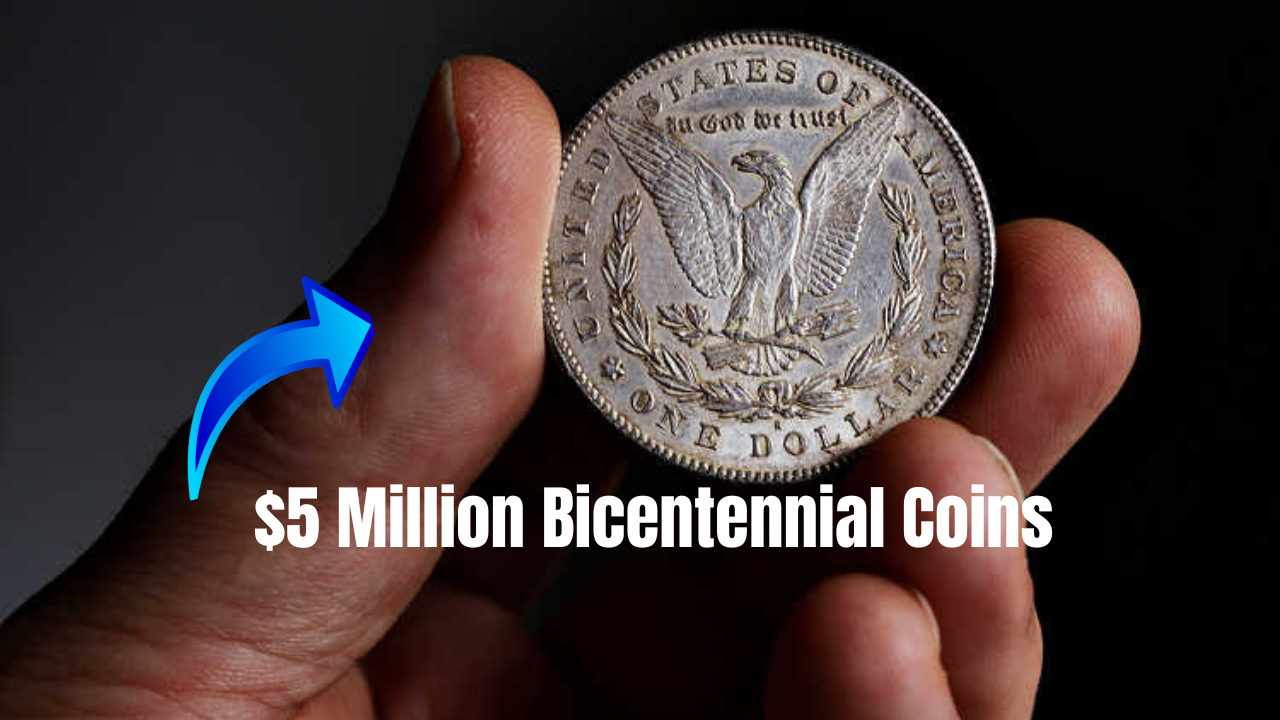The United States created special bicentennial coins in 1976 when America reached its 200th anniversary. The quarter remains the most valuable coin from this set because of its distinctive visual appearance. The majority of these quarters have typical worth yet scarce ones currently fetch up to $5 million in value. A valuable coin among your collection could be present!
This text provides information about the unique 1976 coins along with their appeal factors and methods to identify valuable specimens. This article explains the cultural significance of these coins through their design together with their historical role in the United States along with valuable insights about coin collecting.
Discover the $5 Million Bicentennial Coins
| Fact | Details |
|---|---|
| Top Value | Some Bicentennial coins, due to rarity and errors, are valued as high as $5 million. |
| Unique Design | Features dual dates (1776-1976) and a drummer boy design by Jack L. Ahr. |
| Mint Variants | Produced in Philadelphia, Denver, and San Francisco mints, with special 40% silver versions available. |
| Valuable Errors | Errors like double strikes, off-center printing, and misprints increase a coin’s value. |
| Key Resource | Use PCGS for authentication and grading. |
The $5 million Bicentennial coin stands beyond its pocket money role because it embodies American historic value as well as remarkable collector appeal. You can reveal a valuable coin from your collection by studying what creates their value and properly identifying and protecting them. The search for hard-to-find Bicentennial coins provides both experts and new collectors with an adventure to historical American memories. By performing research alongside diligent preservation work your coin collection may reveal valuable information similar to the coins’ worth.

What Are Bicentennial Coins?
The United States government created Bicentennial coins to celebrate its two-hundredth anniversary of independence. The three Bicentennial coins consisting of quarters and half dollars along with dollars used special designs which deviated from regular motifs. The Bicentennial quarter stands out because it carries the drummer boy image on its reverse along with dual dates “1776-1976” displayed on its front side. Artist Jack L. Ahr produced the drum boy design for the coin in order to embody both American pride and endurance.
The U.S. Mint issued these coins into circulation during the years between 1975 and 1976. Only a small number of Bicentennial quarters hold real monetary value since their population dominates the marketplace yet their face value remains $0.25. Nevertheless some mint errors and silver proofs have attracted keen interest from numismatists.
Which Factors Create Million-Dollar Values for Bicentennial Coins?
The value of Bicentennial coins depends mostly on the scarce versions which might reach millions in estimated market value. Knowledge about these factors enables collectors to evaluate coins with exceptional monetary value.
1. Minting Errors
Production mistakes in coin creation produce exclusive pieces which make them increasingly valuable on the market. For example:
- A double strike occurs when the coin enters the press twice resulting in two overlapping image designs. The problems which occur during minting processes create rare visual anomalies that distinguish the coin within its category.
- The process of off-center strikes during minting results in partial design manifestation which produces distinct characteristics.
- Wrong Planchet Errors occur when any coin ends up on inappropriate metal material for production such as when a Bicentennial quarter mistakenly gets struck on a dime planchet which makes them highly sought after by collectors.
Such errors happen infrequently by accident thus making them highly sought after by collectors who seek unique pieces.
2. Silver Composition

The regular Bicentennial quarter coins used copper-nickel composition as their material foundation. The U.S. Mint manufactured 40% silver versions as collector items. Such coins appeared exclusively in limited-edition mint and proof sets as part of the official U.S. Mint distribution. The restricted numbers together with their silver composition enhances their considerable market value. Changes in silver value result in dual worth for these coins between their metal worth and collector value.
3. Proof Coins
Proof coins receive their reflective appearance from dies which have received special finishing treatment. Proof quarters made for the bicentennial celebration are highly desired by collectors because of their remarkable appearance and superior workmanship and cameo contrast design. Proof coins have become the target of collectors because they possess unmatched details and a high degree of reflective luster.
4. Condition and Grading
Practically unissued coins without any marks earn higher price tags in the market. The grade evaluation provided by expert organizations PCGS and NGC substantially affects the market price of every coin. Top-grade Bicentennial quarters worth thousands exist while errors along with specific variants can bring in millions at auction. Air-tight holders serve as a preservation technique among other methods to keep coins in good condition.
Understand the Worth of Bicentennial Coins and Choose an Important Coin from the Collection
Inspection needs to focus to spot if you hold a valuable Bicentennial coin. By following this method you will know if you have discovered a valuable item.
1. Check the Mint Mark
You will find the mint mark showing where this coin came from on the front facing side next to Washington’s head ribbon.
- No Mint Mark: Philadelphia Mint
- D: Denver Mint
- S: San Francisco Mint (Proof or Silver editions)

2. Inspect for Errors
Use a magnifying tool to spot abnormal marks by viewing the area closely.
- Double strikes
- Off-center designs
- Missing details
- Errors on coins create major worth increases.
3. Verify the Composition
The Silver Bicentennial quarters look different from regular copper-nickel versions with their unique shape and heavier weight. An expert testing method will show the actual metal components. Digital weighing tools with magnifying equipment help at the beginning of your evaluation process.
4. Assess the Condition
Perfectly preserved coins increase their value because of their flawless state. Using protective holders helps keep your coins free from damage during storage. Iron or wear marks lessen the economic value of the coin.
5. Get Professional Grading
Take your coin to either PCGS or NGC grading services to receive authentication and official grade verification. Having professional grading helps coins earn more market value because buyers have evidence of their authenticity. Collectors value coins more when they receive better grades indicating superior state of preservation.
FAQs:
How do I know if my Bicentennial quarter is valuable?
Look for rare features such as minting errors, a silver composition, or proof quality. Professional grading services can provide an accurate assessment.
Are all Bicentennial quarters rare?
No. Most Bicentennial quarters are common and worth face value. Only rare variants, such as errors or silver proofs, hold significant value.
Where can I sell a valuable Bicentennial coin?
You can sell through auction houses, online marketplaces, or coin dealers. Ensure the coin is authenticated and graded for maximum value.

